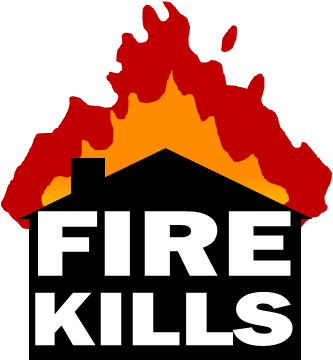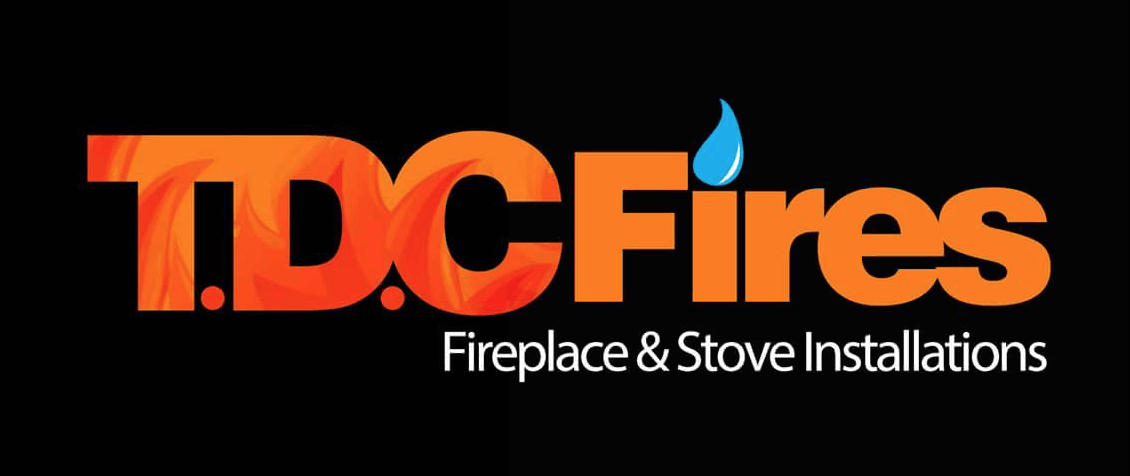Tips – How to reduce the risk of a chimney fire & some frequently asked questions.
Click here for tips on operating your stove and maintaining your stove.
It is recommended that these measures are taken to help reduce the risk of a chimney fire.
It is recommended that a chimney should be swept at least once a year up to four times per year in the main burning season (Winter) by a professional certified chimney sweeper, we as company always recommend at least once a year without fail, regardless of the fuel type you are burning.
Seasoned or kiln dried wood is always recommended and it must have a moisture content of no more than 20%. (please see our aftercare shop for moisture meters)
It is important to purchase the correct size stove for your room, Hetas are trying to steer installers away from installing solid fuel appliances bigger than what the room requires. An appliance which is too big for the room will never be used to its full potential, un-burnt wood will pass up through the chimney and condense in the flue as a flammable substance called creosote which can cause horrific chimney fires.
How to minimize creosote and tar build-up in your chimney.
It is important to note when using a solid fuel appliance you regulate the burning of the fuel by the air controls provided.
Once you have built your fire and ignited it, the flue has to be heated up to its recommended operating temperature. (See our shop for flue temperature gauges) The stoves air supply can be adjusted to limit the amount of air that can pass up through the stove to avoid over firing and heat loss. The air controls should however be open enough to allow sufficient air through the vents to allow the fuel to burn in the fire box and the flames should fill the entire box without being sucked up the chimney. i like to call this flame dancing
To determine if this is being maintained, i suggest you look through any glass panels to see if any of the flames are being sucked up the flue/chimney, if so adjust the air inlets accordingly. The thickness of the smoke should be checked as it exit’s the top of the chimney stack out side.
Normally when you see white smoke exiting the chimney from out side, it is normally from water evaporating out of the wood. you can also see white smoke when reloading your fire or starting it from fresh, if this continues after an hour or two you may have some very wet unseasoned wood. Blue smoke isn’t good either, it’s called incomplete combustion it can also create creosote which will stick to your chimney and you will be your wasting fuel.
On reload or start-up, most of us will get abit white smoke but eventually it will shift over to a clear heat haze, the same as you see in the distance on a hot summers day. If you have been burning for over an hour and you go outside and see a hint of blue smoke coming out of the top of your chimney, you may want to try turning the air flow up a little to see if that fixes it.
All in all it probably sounds like a daunting task to light a fire, but if you remember to sweep your chimney regularly, burn well seasoned wood and regualte the air controls so your storing the heat in the fire box and your not over-firing the stove it is quite enjoyable once you get the hang of thing.
Frequently asked questions on chimneys.
Why do i need my chimney swept?
Your chimney needs to be inspected yearly by a certified chimney sweeper, to make sure your flue liner or chimney is free from any birds nest, cobwebs, soot, tar & creosote, which can result in chimney failure. the chimney also needs to checked regularly to ensure your getting the full efficiency out of your stove.
How often should i sweep my chimney?
You should always sweep your chimney yearly without fail, if it is used as a main heat source we recommend up to four times a year. here’s a chimney sweeping chart we’ve created for.
CHIMNEY SWEEPING FREQUENCY CHART
Will the chimney sweep need to get on my roof?
No if it is installed correctly your sweep should not need to get on the roof, although i have had to on several occasions.
How much does a chimney sweep cost?
Chimney sweep prices very please e-mail us to get a quote.
Is chimney sweeping messy?
No sweeping a chimney or flue liner should not make a messy at all. If the chimney or chimney liner is swept yearly and the correct wood is being burnt and the air controls are regulated properly there will not be any mess.
Smoke coming back into my property?
Your chimney is probably blocked, call us up if you are local or call a professional near you.
Do i need my chimney lined?
Its hard to say yes or no, if you don’t want your chimney lined you should get your chimney checked out by a professional qualified Hetas installer, he should be able to do a smoke test on your chimney to see if fumes or gases will escape from places it should. i personally like to advise customer to have there chimney lined, not only does it make your chimney safer it also makes your stove more efficient.
Back filling my chimney liner with vermiculite?
Its not mandatory to do so but it does certainly make your stove more efficient. It also stops condensation from forming inside your chimney liner.
Cast iron or steel stove?
Cast iron is usually the proffered choice of stove, it heats up a lot slower than steel and it will be able to keep the heat stored in the stove for a longer, it will slowly radiate heat back into your room for a longer period of time. Steel heats up a lot quicker which will heat up your room in no time at all. People also like steel stoves because manufactures can make nice clean edges which suit contemporary interiors but they have be known for warping and cracking over a period of time.
Should my chimney sweep have a professional vacuum?
A Chimney sweep should use a profession vacuum to clean up after himself, as i mention in one of my pages i have known chimney sweeps to have Henry hoovers and other cheap branded vacuums which arn’t safe to do the job. i would personally ask the chimney sweep to leave if he arrived with a cheap hoover.
Does my house insurance cover my wood or multi fuel stove?
That all depends on which company you are with, some companies include log burners in there policy but other companies don’t, i have heard some peoples policies have gone through the roof.
Will i have to make my fireplace opening bigger for a woodburning or multi fuel stove?
Sometimes you dont have to do anything to your chimney opening, it all  depends on what sort of stove you are after. There are regulations we have to stick to, to make the installation of the appliance safe. it is Mandatory to stick to the manufactures instructions or Hetas guide lines when installing a wood or multi fuel stove, i have up loaded a guide line for you to stick to, please be aware these are only guide lines, we recommend you to get a professional trades person to do any work for you. A solid fuel appliance should have a clearance either side of 150mm minimum and at the back of the appliance you should have 50mm minimum to allows for air circulation and to stop the stove from over heating, these regulations are only acceptable if there arn’t any combustible materials near the stove or around it. Please be aware some of these regulations can change from stove to stove, a none combustible hearth must be used with a minimum thickness of 12mm thick just as long as there is a constructional hearth underneath it of a minimum depth of 125mm. the hearth must extend past either side of the recess by 150mm each side and it must protrude out into the room a minimum of 300mm. i recommend if you are local to us, give us a call and we can have a chat about what sort of stove you would like to have, we can also do all the building and structural work for you.
depends on what sort of stove you are after. There are regulations we have to stick to, to make the installation of the appliance safe. it is Mandatory to stick to the manufactures instructions or Hetas guide lines when installing a wood or multi fuel stove, i have up loaded a guide line for you to stick to, please be aware these are only guide lines, we recommend you to get a professional trades person to do any work for you. A solid fuel appliance should have a clearance either side of 150mm minimum and at the back of the appliance you should have 50mm minimum to allows for air circulation and to stop the stove from over heating, these regulations are only acceptable if there arn’t any combustible materials near the stove or around it. Please be aware some of these regulations can change from stove to stove, a none combustible hearth must be used with a minimum thickness of 12mm thick just as long as there is a constructional hearth underneath it of a minimum depth of 125mm. the hearth must extend past either side of the recess by 150mm each side and it must protrude out into the room a minimum of 300mm. i recommend if you are local to us, give us a call and we can have a chat about what sort of stove you would like to have, we can also do all the building and structural work for you.
Why Is Smoke Coming Out Of My Stove Door?
If smoke comes out of the stove when the fire door is opened or through the air inlets when the door is closed, it will probably be due to the poor draught in the chimney.
If in doubt, you may want to get your chimney sweep to measure the draught in the chimney.

